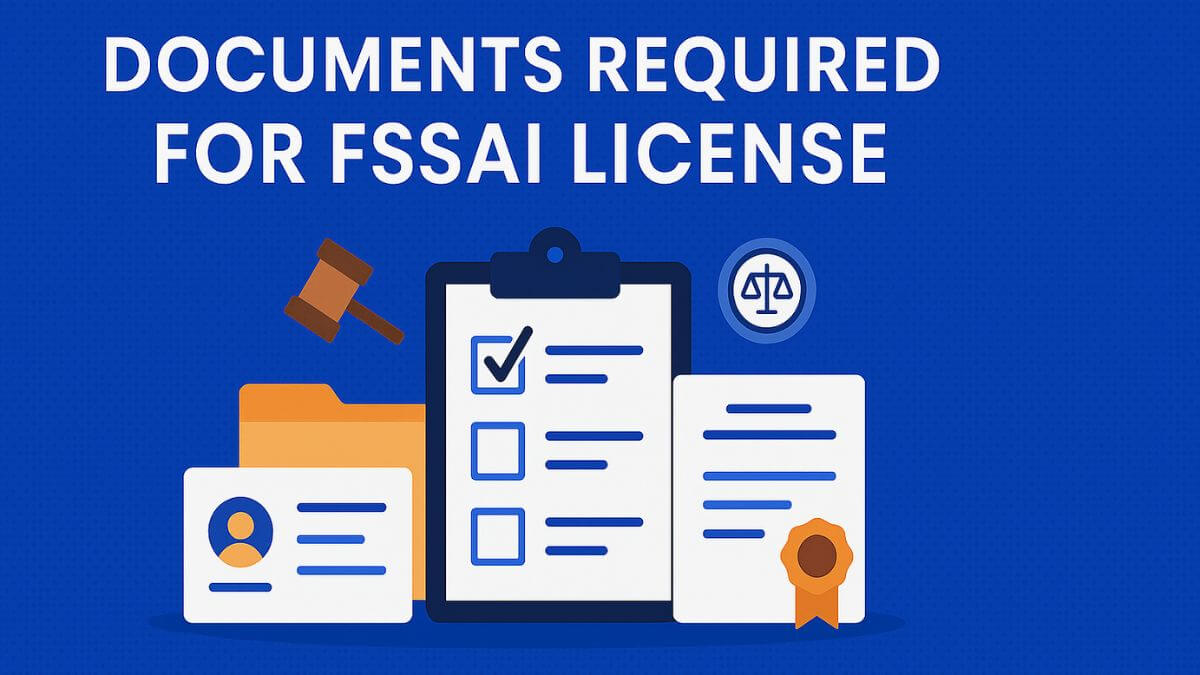Introduction to Small Business Payroll
Managing payroll for a small business is both an art and a science. It requires precision and a profound understanding of complex regulations. The stakes are high, as payroll management impacts employee satisfaction and business compliance. When managed effectively, it can alleviate administrative burdens, allowing more focus on growth and productivity. It reduces manual errors and ensures that employees are paid accurately and on time, fostering trust and dependability.
Payroll management involves more than merely calculating paychecks. It requires tax filings, benefits management, and federal and state law compliance. The complexity of these tasks is compounded by the need to maintain confidentiality and accuracy. Despite these challenges, with the correct tools and strategies, any small business owner can master payroll management. The key lies in staying informed, utilizing technology, and seeking professional assistance when necessary.
Essential Elements of Payroll Management
The heart of effective payroll management lies in understanding and implementing its essential components. These include employee classifications, precise payment schedules, and maintaining thorough records. Each element plays a critical role in ensuring smooth payroll operations. Misclassification of employees can lead to discrepancies in benefits eligibility and tax obligations, potentially drawing scrutiny from regulatory agencies. Training employees proficiently can also prevent costly mistakes and enhance organizational efficiency. An effective SMB payroll service can become the cornerstone of any thriving small business.
Payment schedules should be more than regular—consistency is crucial. This helps align organizational cash flows, avoid disruptions, and foster employee trust. Accurate and comprehensive record-keeping supports compliance checks and audits and can protect the business in the event of a dispute. Clarity in processes simplifies management and enhances reliability. By investing time in setting up a strong foundation, companies can avoid common pitfalls and streamline their processes significantly.
Choosing the Right Software Solution
In today’s digital age, selecting the appropriate payroll software is critical. A well-chosen software solution can automate time-consuming tasks, reduce errors, and improve efficiency. Features such as intuitive user interfaces, robust reporting, and seamless integration with other business systems are vital. Scalability should also be a consideration as the business grows. Test-driving multiple software options can also provide hands-on experience to make a more informed decision.
For those seeking expert insights, reviewing this guide on top payroll software can offer additional perspectives on making an informed choice. A capable software solution allows businesses to focus on what truly matters—quality service and business growth, unhampered by administrative complexities. Evaluating costs against benefits can ensure a sustainable and efficient tool fits within organizational budgets.
Common Challenges and How to Overcome Them
Payroll management is fraught with challenges, from keeping up with ever-changing regulations to handling employee disputes. Staying informed of evolving policies and investing in continuous learning for payroll staff can alleviate many of these headaches. Technologies such as data analytic tools can help forecast payroll needs and avoid potential issues before they arise.
One common issue is employee misclassification, which can lead to significant penalties. Proper training and consulting with HR professionals can mitigate this risk. Record-keeping, if neglected, can snowball into more critical problems. Best practices involve regular audits and comprehensive training for payroll staff. Strategic delegation and payroll services can further streamline tasks and reduce errors. Emphasizing a culture of accuracy and responsibility among payroll staff can also enhance outcomes.
Navigating Payroll Regulations
Staying compliant with payroll regulations is paramount for any business. Laws and regulations vary between federal, state, and local jurisdictions, complicating matters further. It’s essential to remain updated on these rules to avoid costly penalties. Keeping abreast of legislative changes helps maintain compliance and adherence to best practices. Semi-annual compliance audits can serve as a check to ensure all protocols are followed accurately.
Leveraging resources such as government websites and industry publications can provide timely updates and guidance on navigating these regulatory landscapes. Consulting legal counsel can provide additional insights and strategies tailored to specific business needs, ensuring operations remain lawful and efficient. Establishing a relationship with a regulatory expert or legal advisor can also provide valuable insights and safeguard against litigation or financial penalties.
Strategies for Streamlining Payroll Processes
Several strategies can improve payroll efficiency. Successful businesses have adopted best practices such as automating repetitive tasks, outsourcing non-core activities, and regularly updating software systems. Regular assessments of payroll processes can help identify bottlenecks and areas for improvement.
Moreover, centralizing employee records and utilizing cloud-based solutions can significantly reduce processing times and errors, leading to smoother payroll operations. These technologies enhance data access and accuracy and improve security, providing peace of mind that sensitive information is well protected. Workshops and training sessions can further enrich payroll staff capabilities and align them with industry standards.
Resources for Further Assistance
Various resources, from online forums to professional organizations, are available to help you navigate the complexities of payroll management. These resources offer valuable insights and support for small business owners looking to enhance their payroll processes. Tailored programs and certifications can help payroll professionals hone their skills and knowledge.
For a deeper understanding, consider exploring this comprehensive guide on managing payroll effectively to gain practical advice and strategies. Peer networking and attending workshops or webinars can further expand capabilities and introduce innovative solutions applicable to diverse business models. Subscribing to reputable payroll management newsletters can keep stakeholders informed and ready for emerging payroll challenges and opportunities.
Future Trends in Payroll Management
As technology evolves, so does the landscape of payroll management. Emerging trends include the rise of artificial intelligence, enhanced data analytics, and a shift towards more personalized employee experiences. These advancements promise increased efficiency and adaptability, allowing businesses to remain competitive and responsive to dynamic market demands.
To remain competitive, small businesses must stay abreast of these trends, adopting innovative solutions that align with future workforce demands. Engaging with industry thought leaders and participating in pilot programs for new technologies can position companies at the forefront of operational excellence and employee satisfaction. Flexible and adaptable payroll systems will be crucial in navigating future shifts in this ever-evolving domain.

MoneyMantra, is a passionate content creator with over 5 years of experience in writing about the intersection of technology, business, finance, education, and more. With a deep understanding of how these fields empower both individuals and businesses





